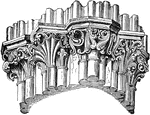Clipart tagged: ‘wells’

Artesian Well
A boring in the ground through which currents of water rise from various depths toward or above the…
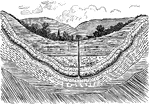
Artesian Well
Artesian Wells differ from ordinary wells in that their waters are discharged by natural pressures on…

Phenomena of Wells and Springs in Drift Material
Drift material, loose material left on the surface by a retiring glacier, plays a part in wells and…

Origin of Springs
A spring is a point where groundwater flows from the ground, and is thus where the aquifer surface meets…

Passenger Depot
Passenger Depot of the Chicago and North-Western Railroad, corner of Wells and Kinzie streets.
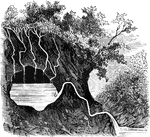
Periodical Spring
When the outlet tube of the reservoir is siphon-shaped, the discharge of the spring becomes periodical.…
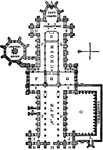
Wells Cathedral
"Plan of Wells Cathedral. A, Apse or apsis. B, Altar, altar-platform, and altar-steps. D E, Eastern…
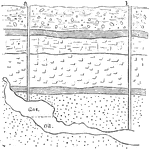
Oil Wells
An oil well is a general term for any boring through the Earth's surface designed to find and produce…

